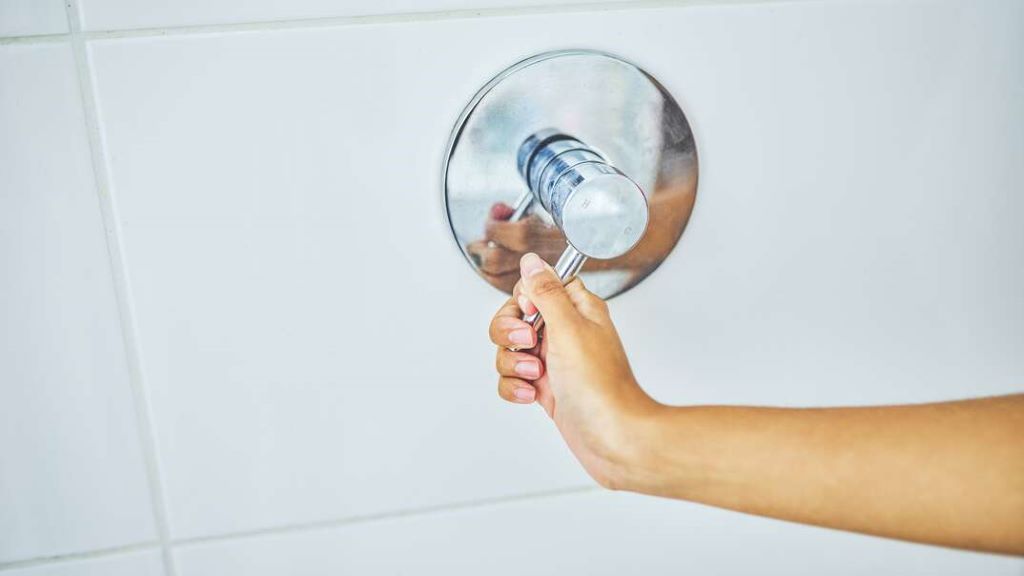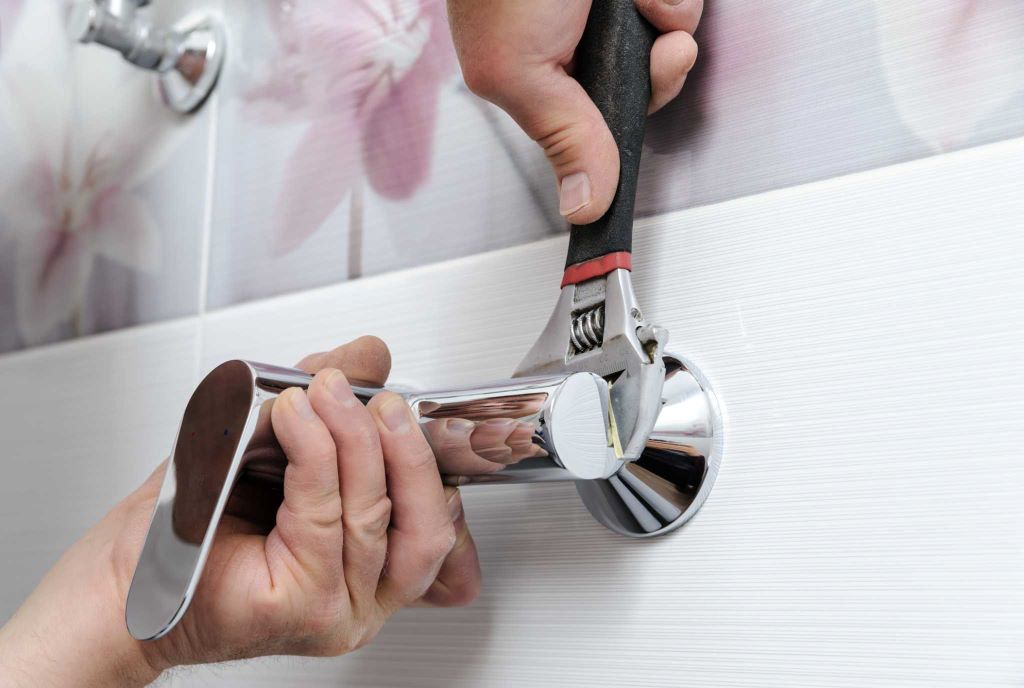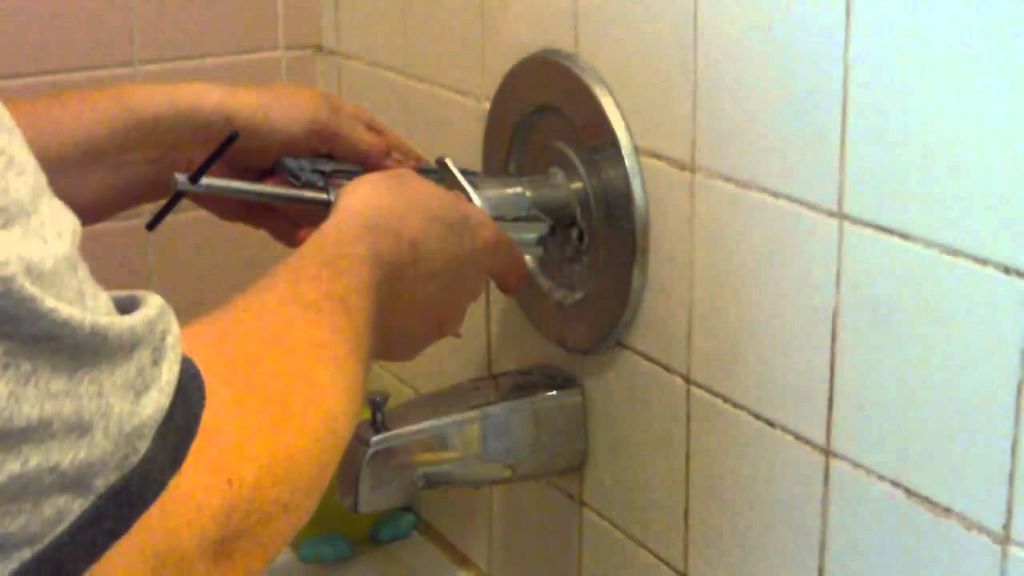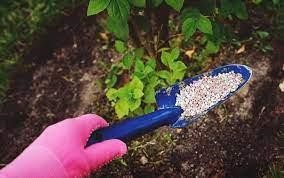When it comes to removing a shower handle, the first step is to locate the access panel. This panel is usually located behind the shower handle and can be removed with a screwdriver. Once you have access to the valve, turn off the water supply by shutting off the valve located near the outdoor faucet too low to the ground. This will prevent any water from spilling out during the removal process. Next, use a wrench to loosen the nut that holds the handle onto the valve stem. Once the nut is loose, you should be able to lift the handle off the stem and remove it completely.
Gathering Your Tools
Before diving into the removal process, gathering the necessary tools is essential. Here’s what you’ll need:
Screwdriver Set
A screwdriver set is your best friend when it comes to disassembling the shower handle. Make sure you have both Phillips and flat-head screwdrivers.
Adjustable Wrench
An adjustable wrench will help you loosen any nuts securing the handle.
Allen Wrench
If your shower handle has a set screw, you’ll need an Allen wrench to remove it.
Turning off the Water Supply
Safety first! Before you start working on the handle, turn off the shower’s water supply. You wouldn’t want an unexpected splash, would you?
Removing the Decorative Cap
The decorative cap is usually the part of the handle that covers the screw or mounting nut. Gently pry off the cap using a flat-head screwdriver.
Accessing the Screw or Nut
With the decorative cap out of the way, you’ll now see the screw or nut holding the handle in place. This is where your tools come into play.
Removing a Screw
If your handle is attached to a screw, use the appropriate screwdriver to remove it carefully. Turn counterclockwise until the screw comes out.
Removing a Nut
If your handle is secured with a nut, place an adjustable wrench over the nut and turn counterclockwise to loosen it. Once loose, you can use your fingers to remove it completely.
Detaching the Handle
With the screw or nut removed, gently pull the handle away from the wall. There might be some resistance due to the sealant or adhesive used during installation. A little wiggling should do the trick.
Dealing with Set Screws
Some shower handles have set screws that hold them in place. If your handle has one, locate the set screw and use an Allen wrench to loosen and remove it. Once the set screw is out, you can pull the handle off.
Removing a Stubborn Handle
If your handle refuses to budge, even after removing the screw or nut, you might need to use penetrating oil. Apply the oil around the base of the handle and give it some time to work its magic. Then, try removing the handle again.
Inspecting and Replacing
With the handle off, inspecting it for any damage or wear is an excellent opportunity. If necessary, you can replace worn-out parts or the entire handle.
Conclusion
Removing a shower handle might seem daunting, but with the right tools and a little patience, it’s a job you can handle yourself. Similarly, tackling rust stains in your bathtub can be conquered with the right techniques and a bit of effort, restoring your bathroom’s pristine appearance. Following these steps, you can successfully remove a loose or malfunctioning shower handle and upgrade your bathroom.
FAQs
How do I know if my shower handle has a screw or a nut?
Most shower handles have either a visible screw or a concealed nut underneath the decorative cap. Check the cap first; if there’s a screw, you’ll need a screwdriver, and if there’s a nut, you’ll need an adjustable wrench.
Can I use any type of penetrating oil?
Using a penetrating oil specifically designed for loosening rusted or stuck parts is best. WD-40 is a common choice and works well in most cases.
Can I replace the shower handle with any model?
While you have some flexibility, replacing the handle with a compatible model from the same manufacturer is recommended. This ensures a proper fit and function.
My shower handle still won’t come off. What should I do?
If the handle remains stubborn, even after using penetrating oil, you might want to consider seeking professional help. A plumber or handyman will have the expertise to tackle more challenging situations.
Are there any precautions I should take before starting the removal process?
Yes, safety is crucial. Make sure to turn off the water supply to the shower before you begin. Additionally, keep your work area well-lit and ventilated for a comfortable experience.





